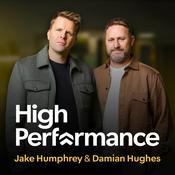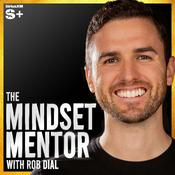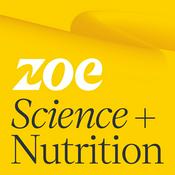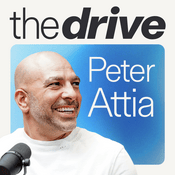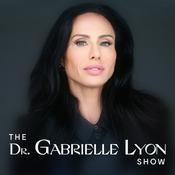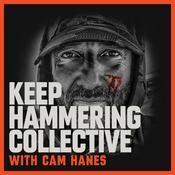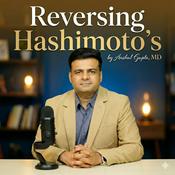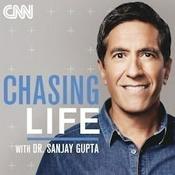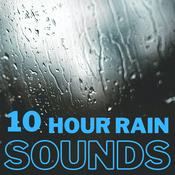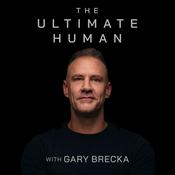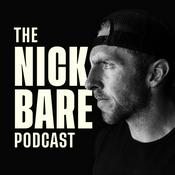39 episodes
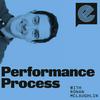
Introducing Escape tyre testing: Get ready to rethink accepted wisdom
2025/12/10 | 23 mins.
In this episode of Performance Process, we finally dig into the tyre-testing project that quietly consumed most of my year.Nine months, six tyre widths, hundreds of test runs, three road surfaces, four identical wheelsets, and far too many cold late-night tests than any sane person should attempt. But it was worth it.Today, Ronan is joined by John Buckley the founder of Streamlines Aero, the company behind the hardware and technical support so crucial to this testing. Together, we break down how the test protocol worked, why it’s different, and why those differences matter. We also unpack the major findings: why pressure mattered more than width in this dataset, why some long-held assumptions didn’t hold up in the real world, and how tyre temperature turned out to be one of the biggest and least appreciated variables affecting performance.This is just the beginning. Later in the episode we explain where our tyre testing goes from here and what to expect in the new year.

Inside Red Bull's laser-powered aero testing with Dan Bigham and the CyclingSpy
2025/11/11 | 57 mins.
For years, cyclists have said, “you can’t see aero.” Now Dan Bigham can.In this episode, we go inside Red Bull–Bora–Hansgrohe’s groundbreaking use of Particle Image Velocimetry (PIV), a laser-based imaging technique that effectively makes airflow around a rider visible in 3D. Dan joins Ronan and the CyclingSpy to explain how the team used helium bubbles, high-speed cameras, and class-IV lasers inside Catesby Tunnel, an old railway tunnel, to capture the first-ever full-field airflow data behind a cyclist.We unpack what PIV actually is, how it bridges CFD and real-world testing, and what it could mean for the future of aerodynamic development in cycling. From vorticity maps to quantum computing, this one’s a deep dive into the tools shaping the next generation of aero performance.

How applying the Performance Process philosophy helped achieve a lifetime best performance
2025/10/29 | 30 mins.
In this episode, Ronan applies the Performance Process philosophy to help Marcus Christie, one of the most successful Irish time trialists ever, to reimagine how to train, test, and race.Ronan and Marcus dive into the complete optimisation process behind Marcus's Nationals campaign. From bike fits and wind tunnels to injury management, heat strategies, nutrition, and radio-guided pacing, this is the inside story of how process can transform performance.

Do nasal strips aid performance? Maybe.
2025/10/08 | 26 mins.
Nasal strips are back in vogue appearing on the noses of more and more WorldTour riders and Instagram ads alike. But do they actually help you perform better, or are they just another marketing-driven marginal gain? In this episode, Ronan Mc Laughlin is joined by coach and tech writer Andy Turner to dig into the science behind the performance claims.We look at why nasal strips don’t work as claimed, the actual benefits that are never mentioned by the brands selling these strips, and when breathing through your nose can be beneficial. From VO₂ max myths and placebo effects to sleep quality, illness prevention, and the surprising potential benefit to fuelling, this conversation separates evidence from hype.

Why annual training strategies are still key but now much more flexible
2025/10/01 | 25 mins.
It’s the time of year in the northern hemisphere when many riders look back on the season just gone and start planning for the one ahead. In this episode, Ronan Mc Laughlin speaks with Tim Cusick, world-class coach, founder of BaseCamp, a global, community-driven training platform and WKO5 product leader, about how to review your past year of training and use it to shape a smarter strategy for the next.They cover why rigid, box-ticking annual plans often fall short, how to know when it’s time to move on a training phase or hold steady, and how to use data to guide decisions without being ruled by numbers.
More Health & Wellness podcasts
Trending Health & Wellness podcasts
About Performance Process
Listen to Performance Process, The High Performance Podcast and many other podcasts from around the world with the radio.net app

Get the free radio.net app
- Stations and podcasts to bookmark
- Stream via Wi-Fi or Bluetooth
- Supports Carplay & Android Auto
- Many other app features
Get the free radio.net app
- Stations and podcasts to bookmark
- Stream via Wi-Fi or Bluetooth
- Supports Carplay & Android Auto
- Many other app features


Performance Process
download the app,
start listening.
